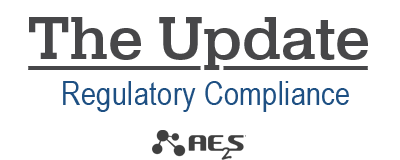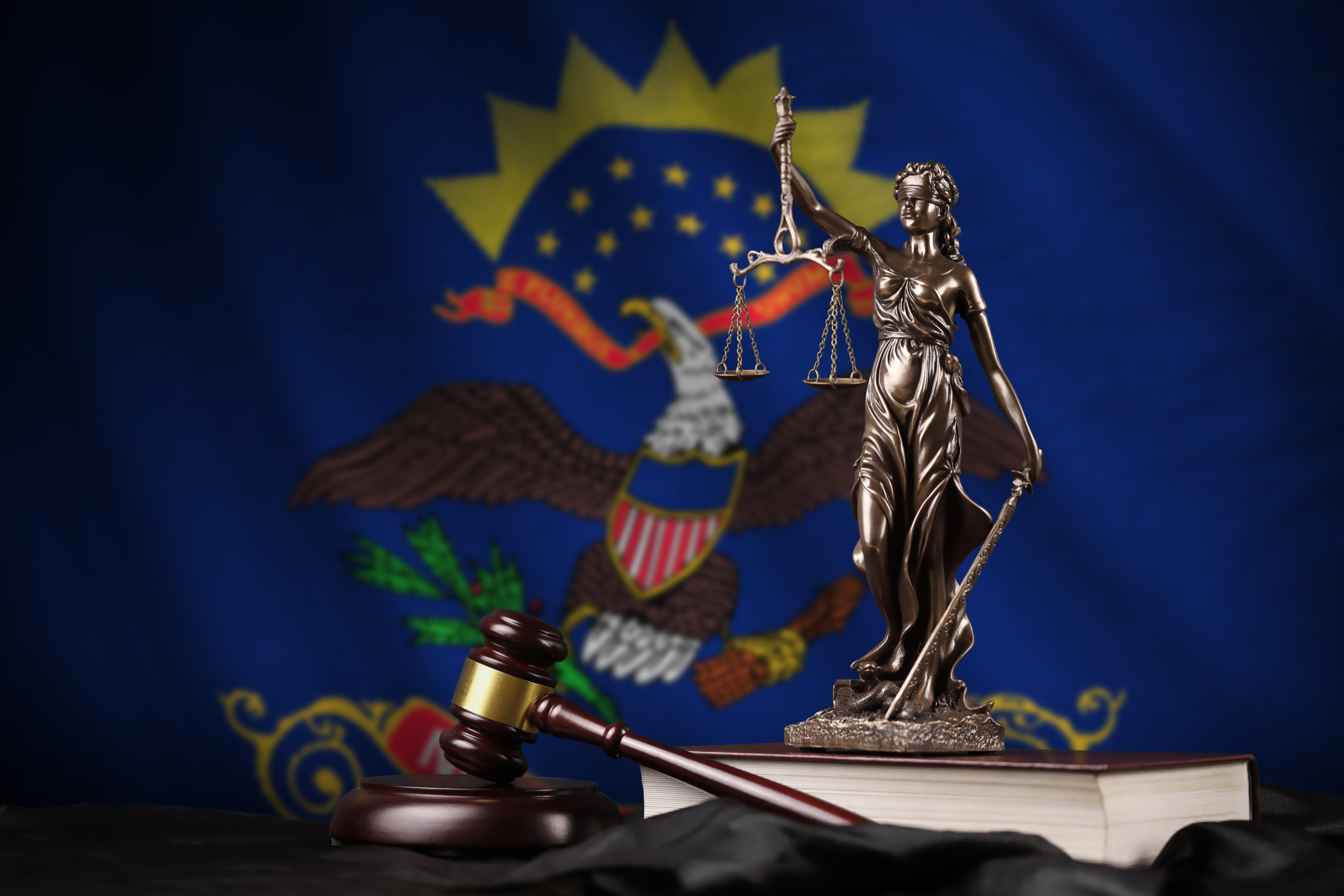The U.S. Court of Appeals for the District of Columbia Circuit allowed a 30-day extension for new leadership of the U.S. Environmental Protection Agency (USEPA) to continue its review of the first-ever legally enforceable national drinking water standard for per- and polyfluoroalkyl substances (PFAS). The decision comes on the heels of a 60-day pause to the lawsuit against USEPA for its drinking water regulation of PFAS. The PFAS rule was announced in April 2024.
The lawsuit filed by the American Water Works Association (AWWA), Association of Metropolitan Water Agencies (AMWA), Chemours, American Chemistry Council, and National Association of Manufacturers is set to continue May 8th, after the 30-day pause. AWWA and AMWA cite affordability concerns for water systems to reach compliance with the PFAS rule.
The PFAS rule established legally enforceable levels for several PFAS known to occur individually and as mixtures in drinking water. Initially, USEPA said affected water systems, including community water systems and non-transient non-community water systems, had three years to complete the initial monitoring for the PFAS chemicals. However, the compliance deadline was extended by two years for systems requiring treatment to provide up to five years to achieve compliance.
The rule also requires public water systems to inform the public of PFAS levels measured in their drinking water. If PFAS are found at levels that exceed the standards, systems must implement solutions to reduce PFAS in their drinking water by 2029.
The rule established the following limits:
- PFOA and PFOS: Enforceable Maximum Contaminant Levels (MCL) at 4.0 parts per trillion (ppt) & Maximum Contaminant Level Goal (MCLG) is 0.0
- PFNA, PFHxS, and HFPO-DA (GenX Chemicals): MCLG and MCL at 10 ppt and Health Based Water Concentrations (HBWC) of 10 ppt
- PFBS: HBWC at 2,000 ppt
- Mixtures of any two or more of PFNA, PFHxS, PFBS, and GenX chemicals: Hazard Index (HI) of 1
The AWWA submitted a letter to USEPA in late April about PFAS and Lead and Copper Rule Improvements (LCRI) compliance deadlines. The letter states the following: “Because the current litigation abeyances do not impact the compliance deadlines, AWWA’s members are being forced to make substantial capital investments in the near term to meet those deadlines. The SDWA by default provides a three-year period between when rules become effective and when the compliance dates come into effect, see 42 U.S.C. § 300g-1(b)(10), in recognition of the fact that water systems (many of which are small, rural, public, or quasi-public) require long lead times to plan for, finance, and spend limited funds for required capital expenditures. The significant costs of complying with both the PFAS Rule (e.g., installing advanced treatment) and the LCRI (e.g., paying for lead service line replacement) will fall — largely in the form of direct charges or increases in water service rates — on American households that are already contending with significant water affordability issues.”
The Update team will continue to monitor developments with the PFAS rule lawsuit as well as LCRI developments. If you have questions about how either rule may affect your public water system, reach out to Nate Weisenburger, AE2S Drinking Water Practice Leader.

